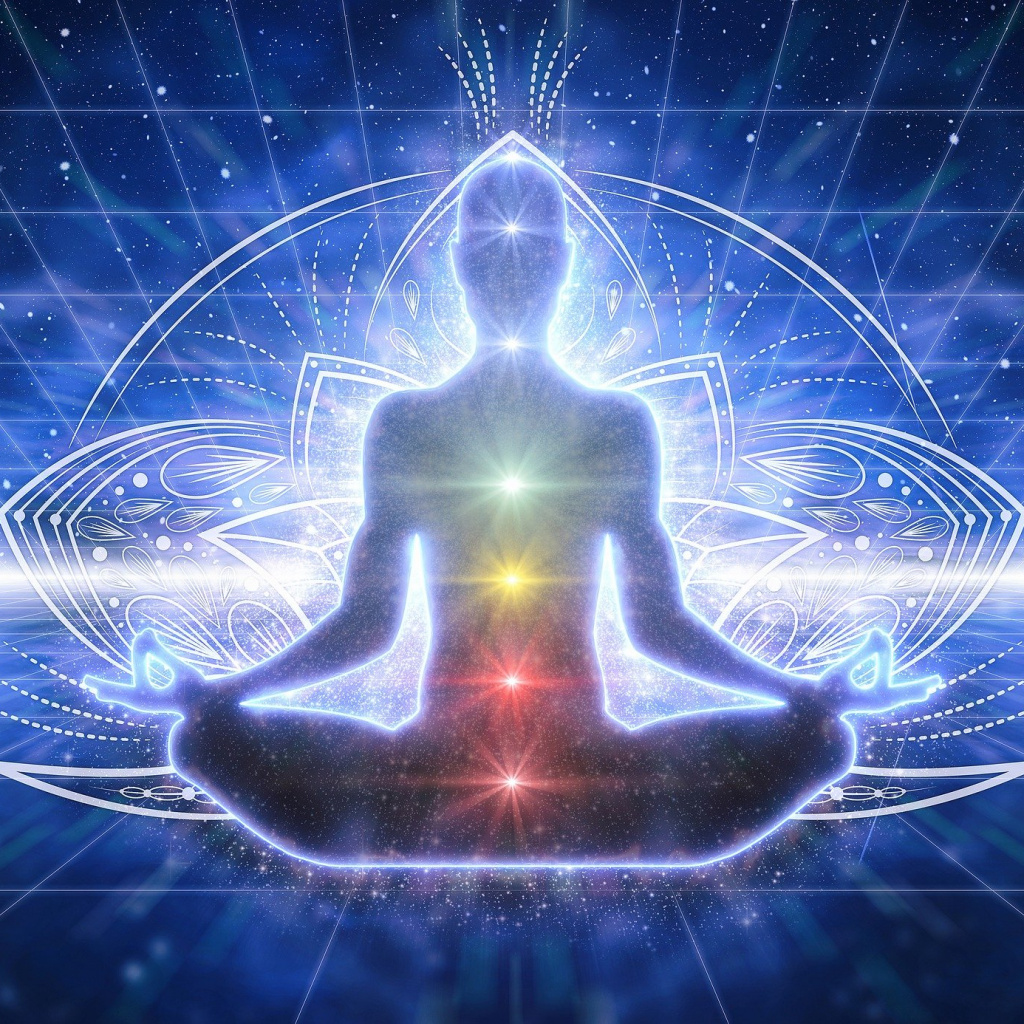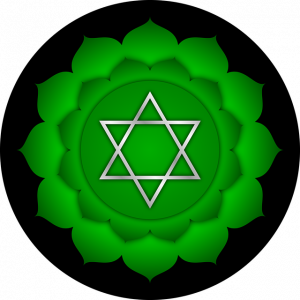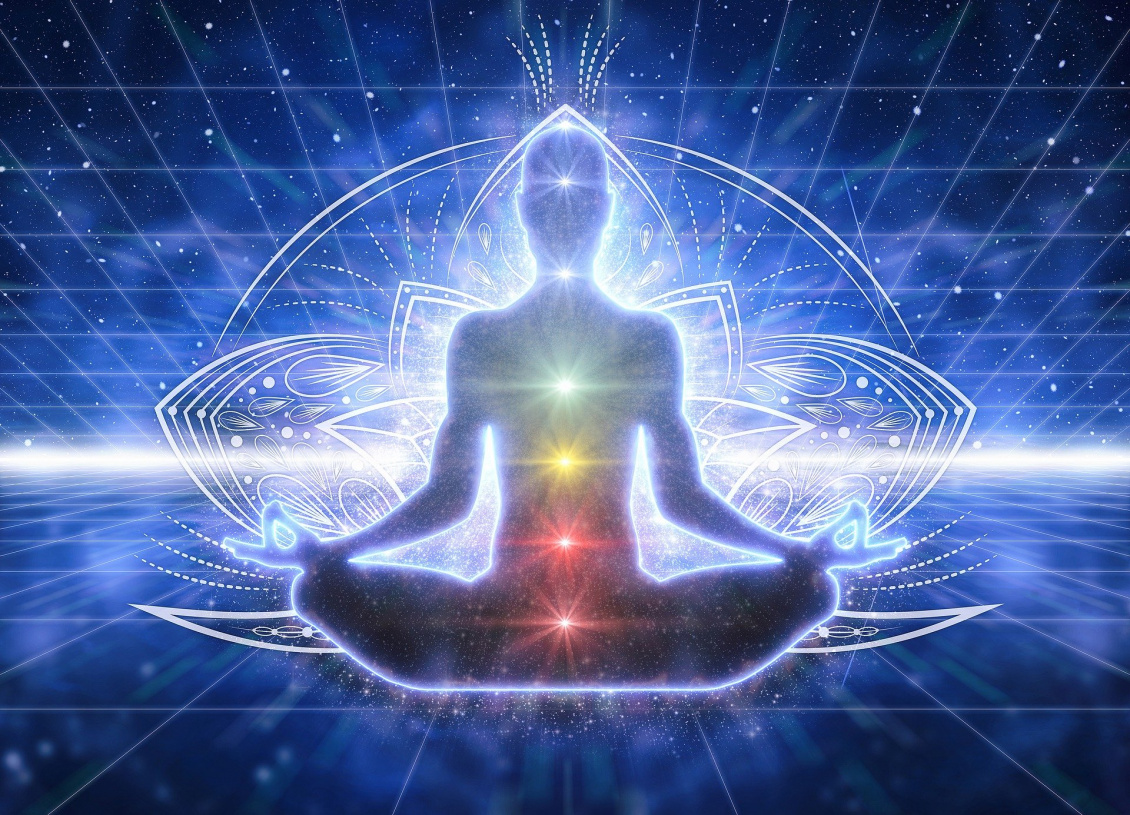ts core issues as a means to stimulate emotional healing. If you have PTSD or have experienced life-altering trauma, pairing counselling, and other treatments with chakra healing are the backbone of cleansing negative energy.
What is a Chakra?

As part of the energy-healing process, chakras pertain to the body’s centre. They run from your tailbone to the crown of your head, and in front of your spine. Though invisible to the naked eye, chakras make up a vital component of the body’s energy field.
As part of a spiritual healing method, the chakra aims to balance an individual’s physical and emotional well-being. When you encounter a traumatic experience, it can impact all seven chakras, which you’ll learn about below.
- Muladhara, the Root Chakra
The root chakra exists in the perineum—the tip of your tailbone. After a traumatic experience, your root chakra may undergo instability regarding grounding, primal energy, survival, safety, and security. When you address this part of the body, you encourage your will to survive.


- Svadhisthana, the Sacral Chakra
This chakra pertains to sexuality, relationships, pleasure, and creativity. It will sometimes overlap the root chakra at the womb or sacrum. Sexual abuse may shut this chakra down, leaving you to question the ability to desire another individual lovingly.
- Manipura, the Solar Plexus
This third chakra located near the stomach hones inner strength, vitality, self-control, and assertiveness. After a bout of trauma, you might find it challenging to establish boundaries. Healing the solar plexus restores control and power.


- Anahata, the Heart Chakra
Naturally, the heart chakra pertains to feelings of love, along with compassion, forgiveness, and self-esteem. If you have experienced a history of abuse, you might relate feelings of love with distress, shame, and pain.
Thus, healing Anahata allows individuals to establish a sense of love without pain and become open to trust and affection.
- Visuddha, the Throat Chakra
The throat chakra is home to expression, communication, and speech. Damage to Visuddha can leave individuals feeling strangled or suffocated, and incapable of saying.
Alternatively, a healthy throat chakra enables open honesty and promotes active listening.


- Ajna, the Third Eye Chakra
Located between the brows, Ajna associates with intuition, vision, insight, and psychic awareness (ESP). Traumatised individuals might only predict adverse outcomes and perceive every threat. Furthermore, they will question their intuition.
Exercise this chakra via healing therapy to correct and expand your field of vision, simultaneously eliminating emotional threats.
- Sahasrara, the Crown Chakra
This final chakra is located on the crown of your head and connects individuals with a higher consciousness or inspiration. Perhaps the most spiritual chakra among all seven, damage to Sahasrara may leave an individual feeling disconnected from reality and their spiritual selves. As such, getting better re-establishes a sense of connectedness and ability to cope.

Conclusion
Negative emotions are energy-draining, disrupting vibrational frequencies. By clearing these energies, you learn to come to terms with traumatic events, regardless of how long your unique process takes. Begin your spiritual healing journey with Paul Ramsden, a fully-qualified hypnotherapist with expertise in challenging anxiety and depression. Book a group or online one-on-one session an unburden yourself with a transformation energy healing session that will leave a profound effect on your spiritual self.
